Contact
Mikko Somersalmi
Technical Director
mikko.somersalmi@rakli.fi
tel. +358 40 720 7645
Low-carbon roadmap for the Finnish real estate owners and developers
Real estate owners, investors and developers in the public and the private sector owns and manage residential and commercial buildings, and therefore, are able to make sustainable decisions regarding demolition and infill construction as well as efficient use of buildings. The sectoral roadmap suggests that significant emission reductions can be made rapidly, even by 2025, without sizable additional investments although technical solutions should also be further utilized and developed to reach carbon neutrality by 2050.
Current and target state
Real estate owners and developers’ current emissions are 2.1 Mt CO2 in 2021; 63% of the emissions are from use of energy, 27% come from the construction phase and 4% originate from waste. With ambitious measures, emissions are estimated to drop from 2.1 Mt CO2 to 0.3 Mt CO2 by 2035 and by 2050 they should approach zero.
The real estate and construction business can reduce its emissions significantly by 2025 through more efficient utilisation of resources and space, as well as circular economy, all without requiring additional investment.
Main solutions
Measures to reduce the emissions in buildings owned and managed by real estate owners and developers include maximising the efficiency of property use, emission planning in new construction and renovation projects, energy efficiency measures and carbon-neutral operating models. Energy efficiency measures consist of smart automation and control systems as well as optimization of heat recovery from ventilation and wastewater. The low hanging fruits to generate emission reductions include changes in the properties’ utilisation rate (converting the use of buildings) and preferring infill construction over greenfield construction.
The roadmap also suggests that if the availability of zero-emission and affordable energy is not achieved and sustained, the sector may invest in zero-emission and local energy production of properties or in energy communities. In that case, the electricity market’s ‘prosumer’-concept shall be a further tool.
Needs and requirements
Naturally, the sector’s own emission reductions necessitate that the energy and construction sector’s emission reductions are implemented. Many emissions are determined by regional and city planning and management of individual properties, and thus, ambitious climate action is needed from all stakeholders. In addition, the sector argues that using unoccupied spaces according to current demand should be allowed and zoning should be more flexible.
Future and positive impacts
The industry roadmap includes a database of measures that key stakeholders can exploit in establishing their own low-carbon plans.
Did yoy know that...?
• The construction and property investments cover 60 % of all investments in Finland.
• 83% of the national wealth of Finland consists of built environments.

